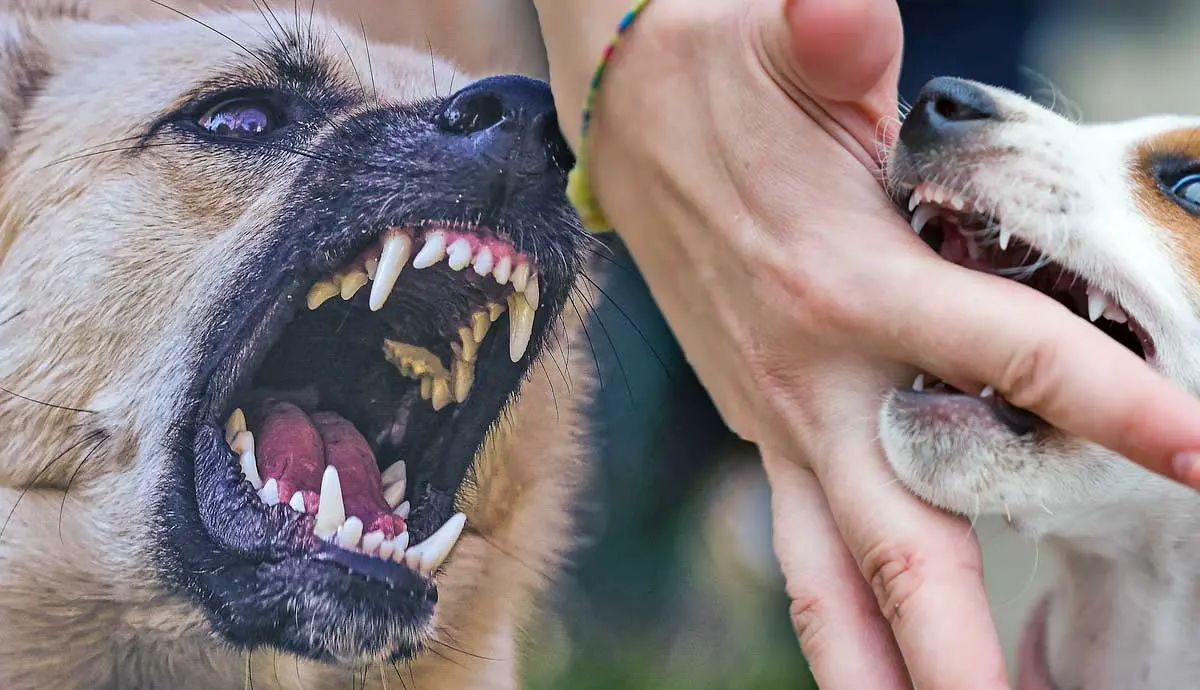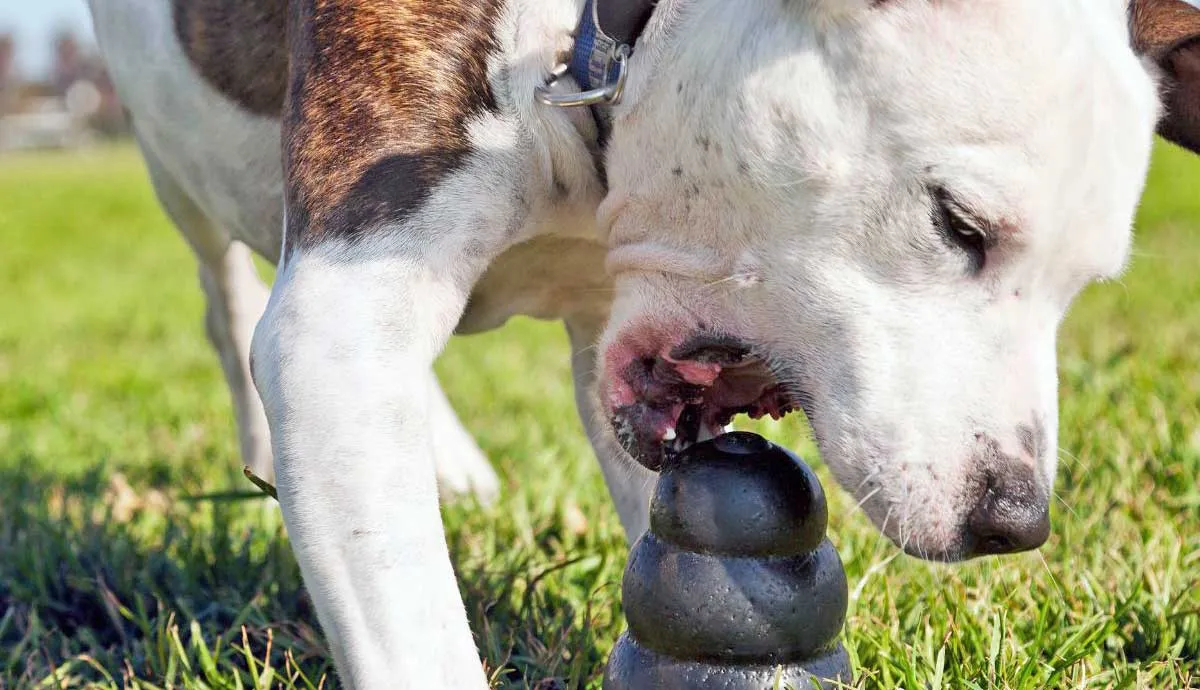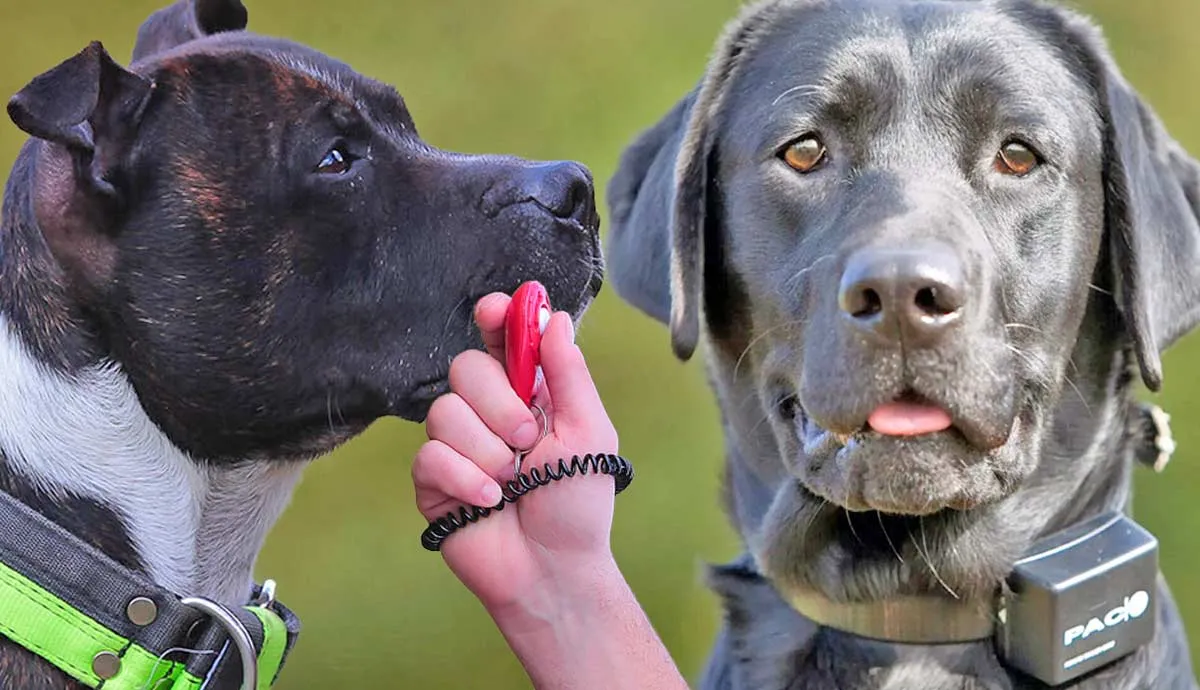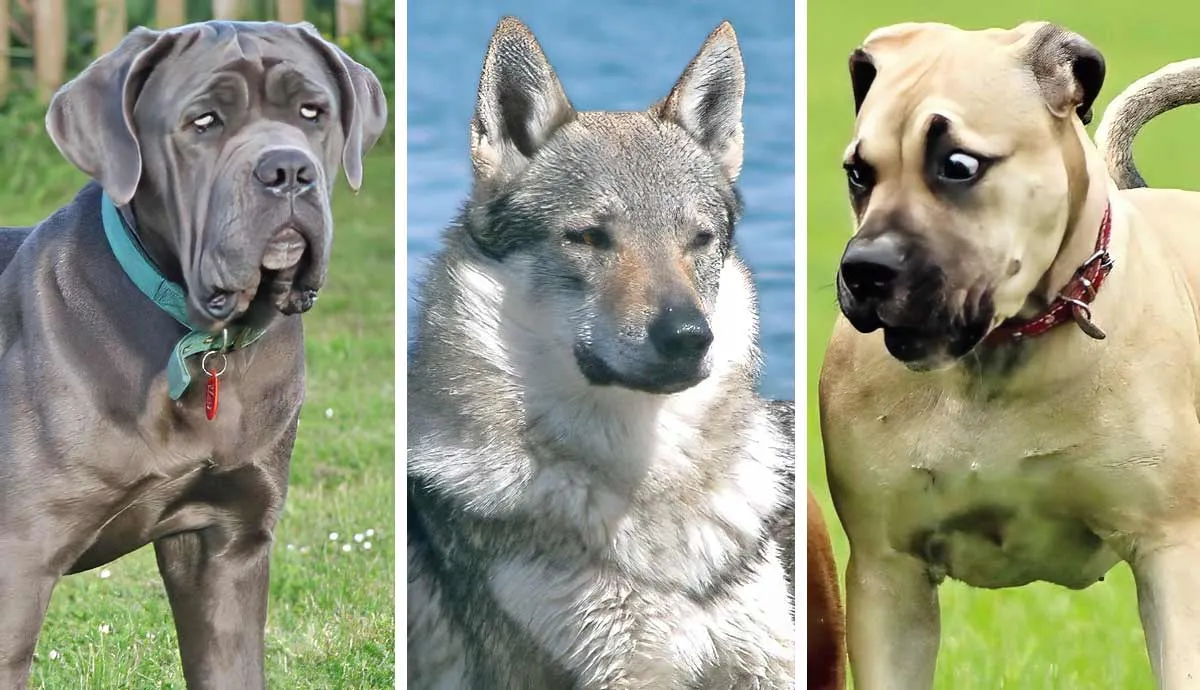It’s easy to assume a dog is aggressive when you see them bite someone or something. Dogs bite to injure and kill prey. Yet, a distinction between biting and nipping is important to understand in dogs, especially in puppies.
Biting is a clear sign of aggression meant to cause damage. Nipping isn’t necessarily aggressive and can be playful or even a trainable behavior to manage livestock.
Read on to learn the difference between the two and how to manage biting behaviors in your dog.
Dogs Bite to Injure Prey

Dogs bite for several reasons, but most of them are generally benign. Yet, if a dog bites out of fear or frustration, it is a sign of aggression. A dog who is biting out of fear will have a stiff body. He’ll wrinkle his muzzle and pull back his lips to expose his teeth. This is a warning sign to stay away and back off. Aggressive biting is usually fast and painful.
Puppies may learn to bite hard and aggressively due to your reactions to their temper tantrums when they are young. Puppies learn bite inhibition from their mothers when they are young. This means that they learn how hard they should bite in different situations, such as playing or hunting.
When you separate a puppy from its mother, you need to teach your pup bite inhibition to make sure they understand this social behavior.
Dogs Nip to Initiate Play or Herd

Puppies use their mouths like toddlers––to explore the world around them. They love to chew on toys and gnaw on fingers and toes. But these nips are not aggressive. They are usually playful. When a dog is nipping playfully, their body will be more relaxed. Their muzzle may wrinkle, but it won’t be tense. This type of biting is usually less painful and less serious.
Nipping serves an important purpose for dogs. Many breeds, such as Shetland Sheepdogs, were bred to drive livestock. If the animal isn’t responding to the dog’s cues, the dog may dive and nip at the livestock to control the animal. On the farm, dogs rely on this behavior to get the job done. Matters change when they start nipping their loved ones.
Dogs may nip at the arms, ankles, or the backs of legs of humans when you activate their instinct to herd. Excitement and frustration often activate this instinct, but you can control it with early socialization and various training tools.
How Nipping Can Turn to Biting
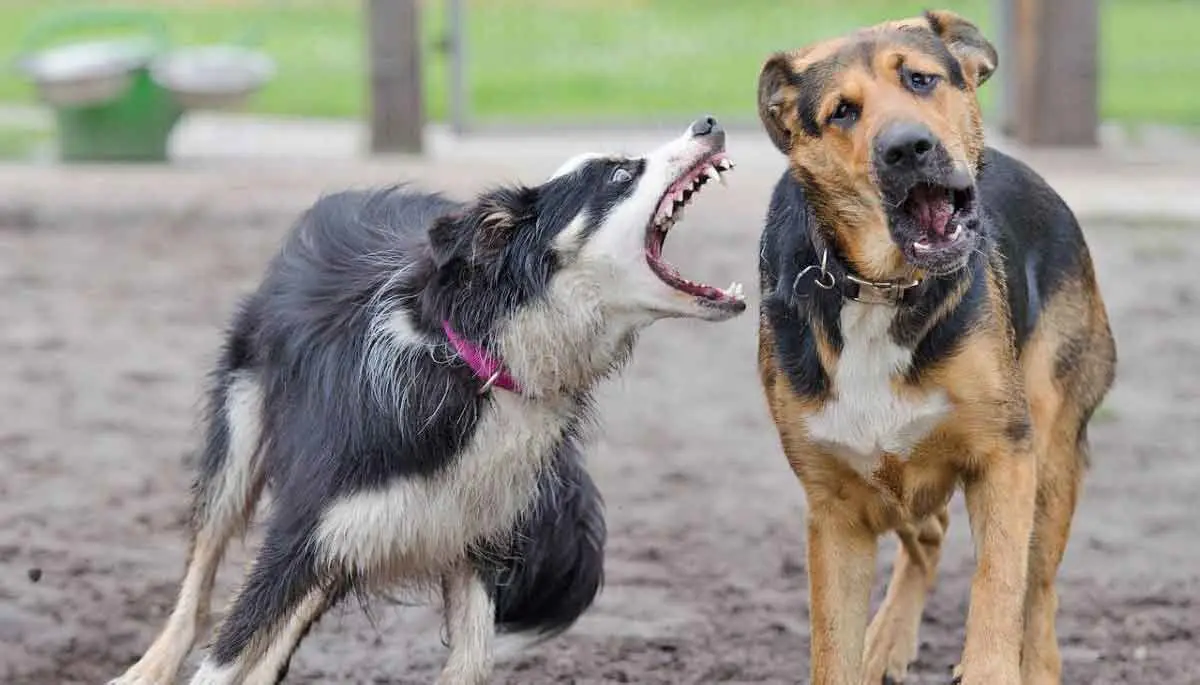
People often encourage puppies to nip when they wave their fingers and toes in their pup’s face. Tapping the sides of his face to encourage your dog to play can also encourage him to bite your hands and feet. Also, other dogs may also lead your dog to aggression. Play can change to fighting very quickly.
If you react to your dog’s nipping with aggression or by jerking away, this can encourage them to nip more aggressively. Eventually, physical punishment may lead to your puppy being afraid of you, which will make them more likely to bite aggressively.
Ways to Redirect Nipping
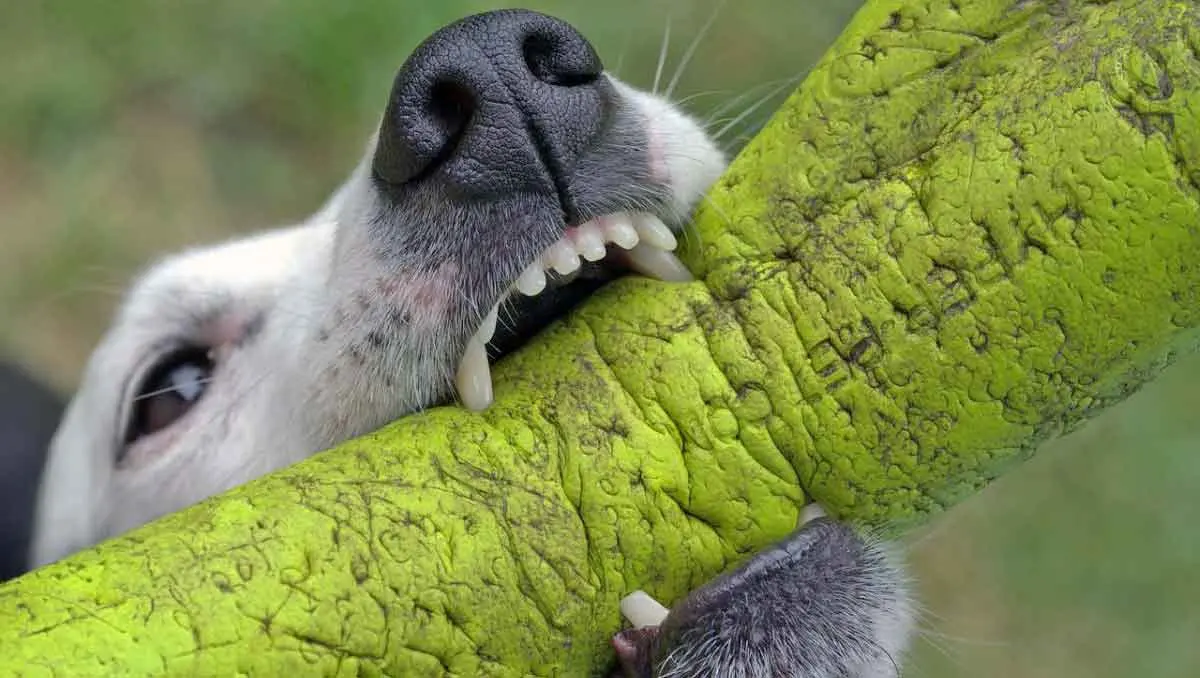
Even if nipping is not aggressive, it can be painful and frustrating. There are several ways you can redirect your dog’s behavior to keep him from nipping at your toes and fingers. Consider the following ways of redirecting this behavior to train your puppy:
- Use one hand to feed your puppy while petting him. This keeps his mouth occupied, which helps him learn to accept pets without nipping.
- Whenever your pup nips, try redirecting the behavior by bringing out his favorite chew toy.
- Socialize your puppy with other dogs so that they learn how to act around others.
- Be sure to provide your dog with plenty of new and interesting toys to play with.
- Play with your dog in ways that don’t involve physical contact. Use tug-of-war toys or other items to keep them from thinking playtime is all about using their teeth.
- Use bitter spray to deter your puppy from biting certain objects.
Consistent patience and even some trick training will teach your dog when it is appropriate to nip and when it is not.
What to Know About Bite Inhibition Training
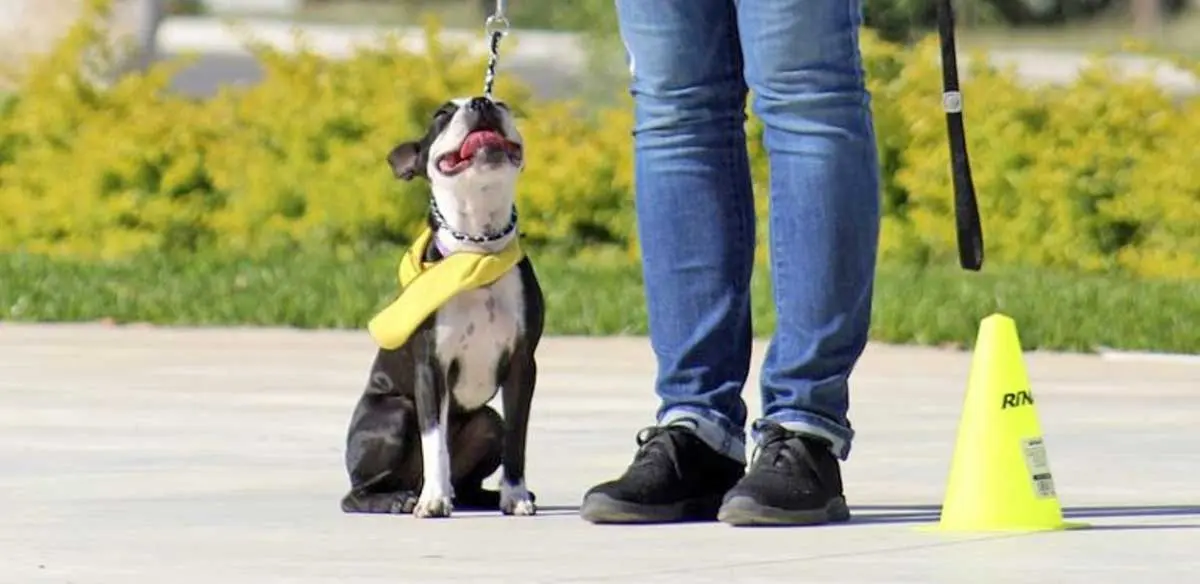
If your puppy is using their teeth to cause pain, you may need to teach them bite inhibition. They may not understand that they should not bite down hard. Puppies’ mothers yelp loudly when their pup bites down too hard to teach them that it hurts when they bite. Sometimes puppies don’t learn this social skill, so you may need to teach them.
Most puppies will learn to bite gentler if you simply make a high-pitched “ouch!” sound when they bite you. However, some puppies take this sound as an encouragement to bite more. If they do, turn around and walk quietly away. If you teach your dog that biting means playtime is over, they will be less inclined to bite. If your pup backs down, reward your dog with praise or a treat to reinforce the good behaviors.
Timeouts may also work well to keep your dog from biting. Often, biting is a byproduct of your dog getting overwhelmed and frustrated. Some alone time in their crate may help them calm down.
You Can Curb Dogs’ Biting and Nipping
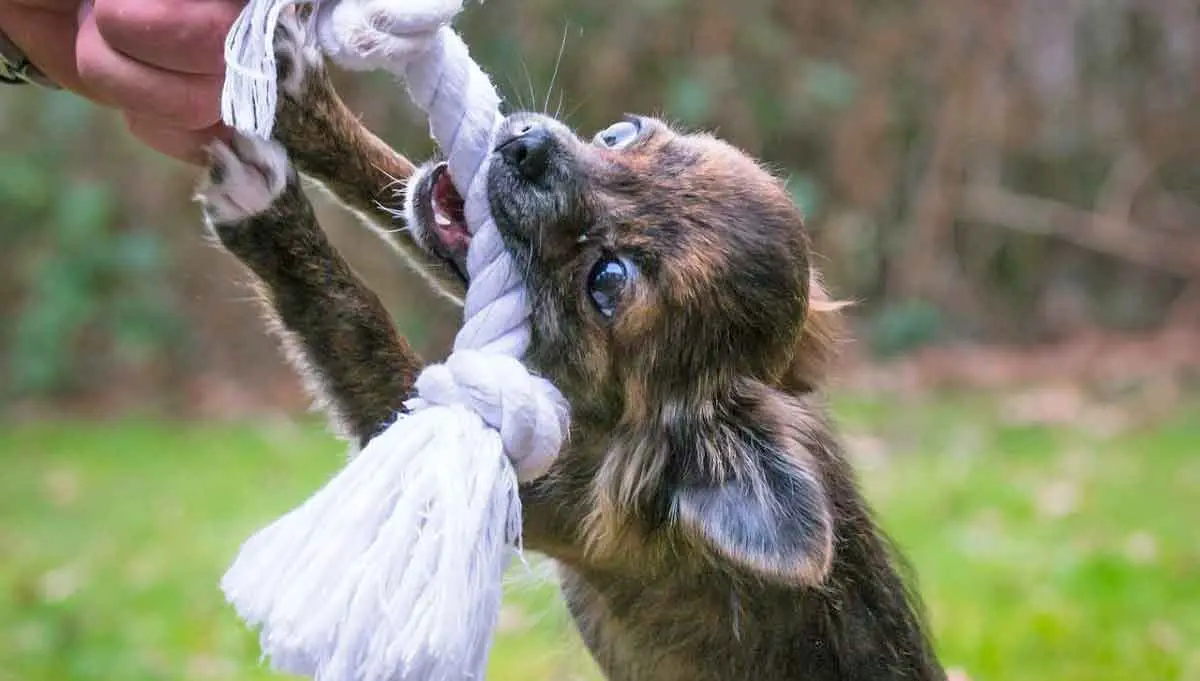
Biting and nipping are normal dog behaviors. However, biting is a form of aggression usually stemming from a dog that is afraid or frustrated. Nipping is a playful behavior. You can teach your dog not to bite or nip by training and socializing your dog early on. Redirect their biting to a chew toy to keep your fingers and toes safe.
Before long, your dog will learn that it is not ok to bite human skin. If you have tried everything, and your dog is still biting hard and aggressively, seek out the help of a certified trainer or a dog behaviorist.
